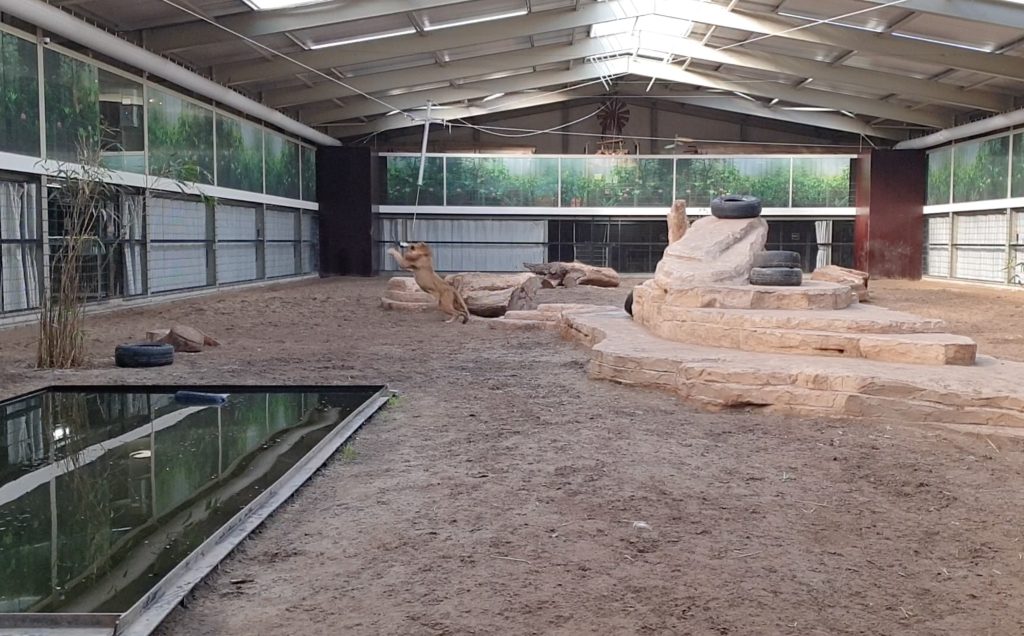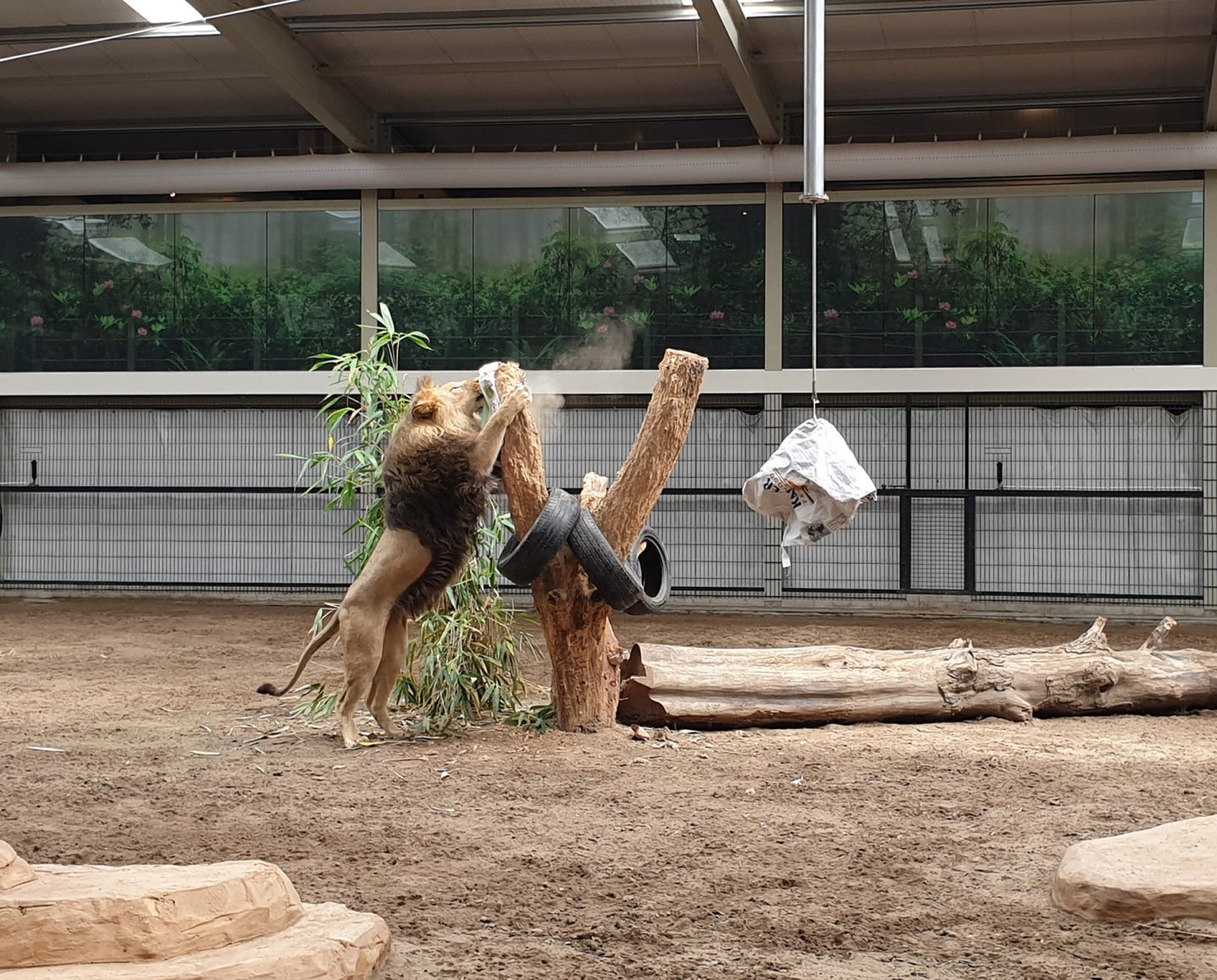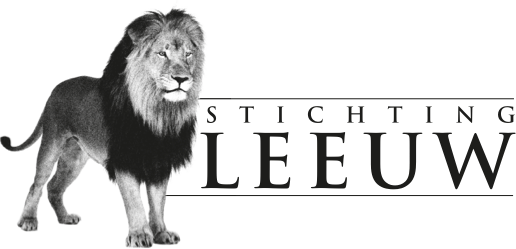Hunting simulator Unique in the world

Since September 2015, Stichting Leeuw has a unique hunting simulator. It took three years to get this system working properly and it is the first hunting simulator in the world. With the system, which consists of pulleys with which a piece of meat can be moved randomly through the large hall, Stichting Leeuw wants to give hunting back to the big cats.

Hunting to release energy
The big difference between big cats in the wild and big cats under human care is that the first group has to hunt in order to eat. The hunt provides a release of energy, builds muscle strength and fitness. Because big cats under human care do not have this, they show more stereotypical behaviour due to all the pent-up energy.
With the hunting simulator, Stichting Leeuw can give them back this energy release. In addition, hunting strengthens their instincts. The big cats become physically stronger and faster and that ensures better muscle building, flexibility and agility. In this way, the hunting simulator contributes to a better quality of life.
Chasing prey
In the hunting simulator, the ‘prey’ is a piece of meat or a toy hanging from a rope. This can be moved crisscross through the hall with a joystick at any desired height. The big cats have to actively run after their prey, releasing built-up energy. The development of the hunting simulator was very complicated, because the route of the piece of meat on the rope must always be adjustable, both in speed, height and duration of the session. Most big cats are very smart. As soon as they realise that their prey is making a ‘fixed round’, they no longer run after it but stand waiting for it.
Positive consequences
Research has been done into the effects of the hunting simulator, to see whether it has positive effects on the animals, such as:
- Less stereotypical behaviour
- Better condition
- More muscle building
- Better health
- Better mental health
- Good preparation for a life in the semi-wild
Researcher Karen de Wit wrote the research report below.

